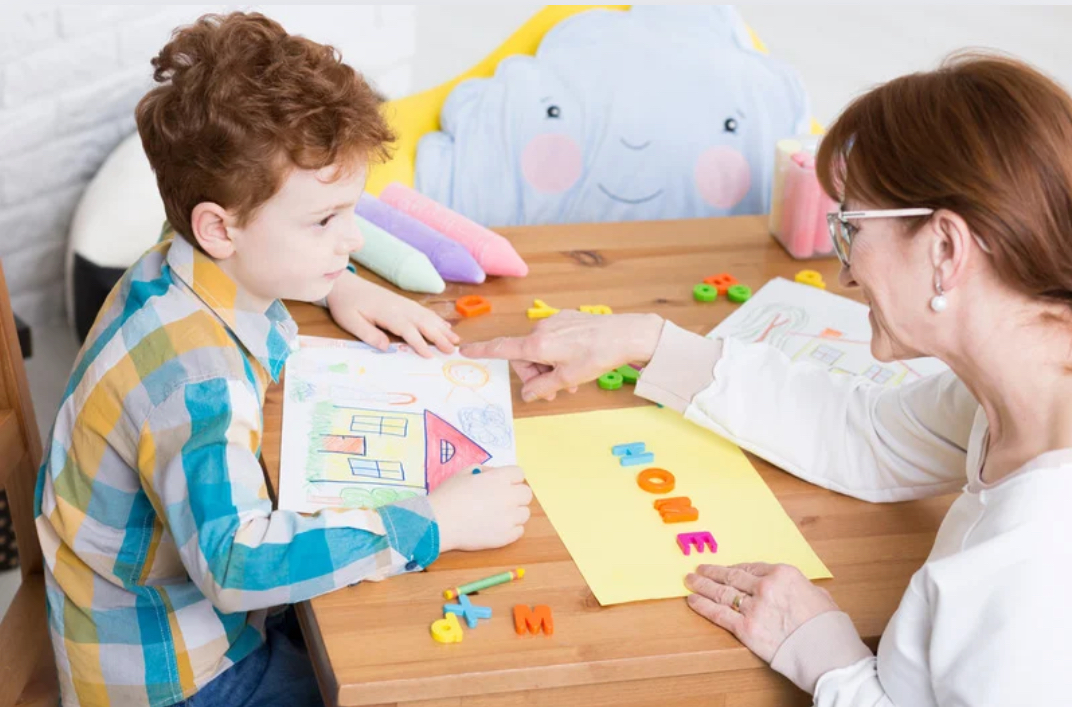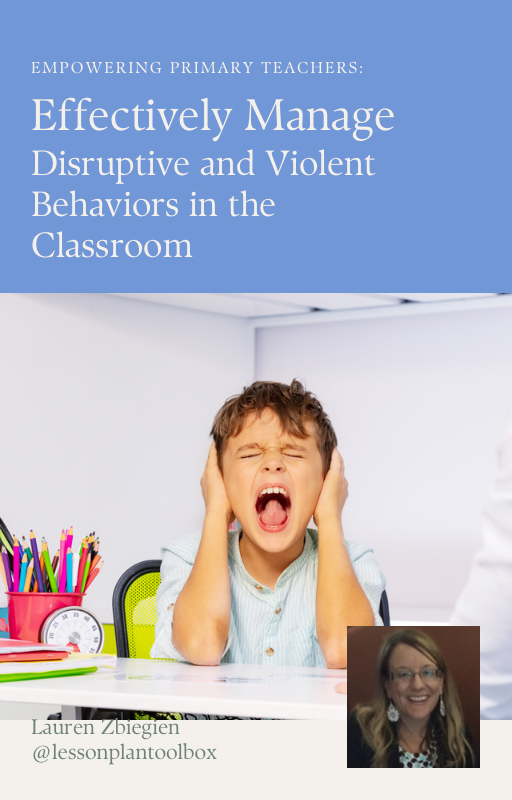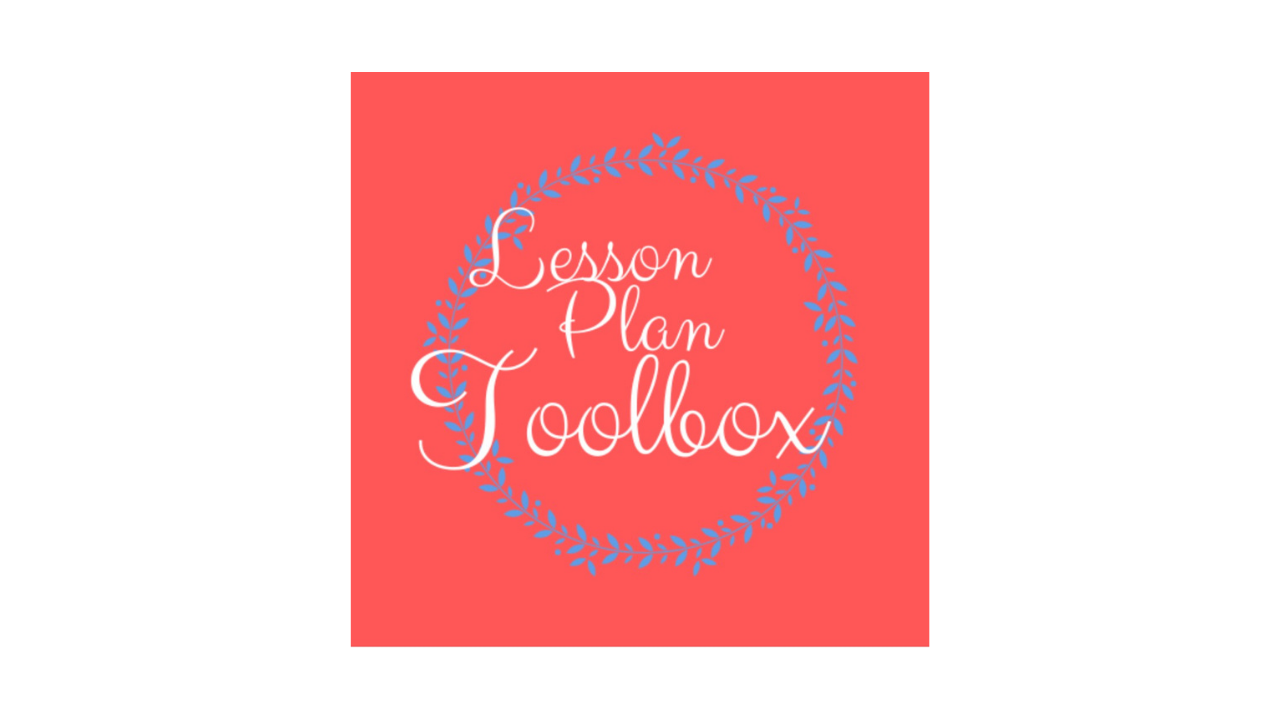
Transform Your Classroom with Language: Understanding the Power of Your Words
Click here to watch the YOUTUBE version of this post.
Welcome to our yearlong series on Classroom Management by Design for Primary Teachers. Each week we will give you a new piece to the classroom management puzzle to have in place when you need it this school year. Think of it as a Lego kit just waiting to be built.
Classroom Management by Design for Primary Teachers: Transform Your Classroom with Language: Understanding the Power of Your Words

Introduction:
As a primary teacher, your words carry immense power. They shape how your students see themselves, how they interact with others, and how they view learning. When used intentionally, your words can build confidence, inspire curiosity, and create a positive classroom culture. But it’s not just what you say—it’s how you say it. Let's dive into the power of language in the classroom, and explore lesser-known secrets that can transform the way you speak to your students.
1. Words Build Identity: The Power of Positive Labels
What It Is: The labels we give students shape their self-identity. If we consistently refer to them as “troublemakers,” “smart,” or “quiet,” they internalize these labels.
How It Works: Start labeling students for their effort, creativity, or kindness instead of their intelligence or behavior. Say, “I love how persistent you are” rather than “You’re so smart.”
Research shows that labeling students based on effort rather than ability fosters a growth mindset. This shifts students’ focus from trying to be something to doing something well.
Why It Helps: When students hear positive, growth-oriented labels, they start to see themselves in that light, which boosts motivation and self-esteem.
2. Tone Matters as Much as the Words
What It Is: Your tone of voice can change the meaning of your words, even if the words themselves are kind.
How It Works: Practice using a calm, even tone when giving both praise and redirection. For example, say, “I need you to sit down” in the same tone you would use to say, “Great job on your reading.”
Children are highly attuned to tone and can sense frustration or anger even in neutral words. Maintaining a warm tone signals safety and respect, even when addressing challenging behavior.
Why It Helps: A consistent, kind tone helps build trust and encourages students to listen without feeling defensive.

3. The Power of Choice Language
What It Is: Using “choice language” gives students a sense of control and responsibility for their actions.
How It Works: Instead of saying, “You need to stop talking,” try, “You have a choice: you can listen now, or we can talk about this later during recess.” This reframes the command as a decision the student controls.
Choice language reduces power struggles because it places the responsibility on the student. They feel empowered to make decisions, rather than being forced into compliance.
Why It Helps: When students feel they have control, they are more likely to cooperate, and it builds their decision-making skills.
4. Narrative Framing: How to Turn Problems into Opportunities
What It Is: The way you frame a situation can turn a challenge into a learning moment.
How It Works: Instead of saying, “You’re being disruptive,” say, “This is a great chance for us to practice being good listeners.” This shifts the focus from the problem to the solution and invites students to rise to the occasion.
Framing challenges positively triggers a student’s intrinsic motivation. They are more likely to engage with the problem-solving process when it’s presented as a growth opportunity.
Why It Helps: This approach fosters a classroom culture of learning rather than punishment, encouraging students to see mistakes as opportunities.

5. The Magic of Specific Praise
What It Is: General praise like “Good job” is nice, but specific praise is much more impactful.
How It Works: Instead of saying, “Great work,” say, “I noticed you worked really hard on staying focused during reading time today. That’s impressive.” This specificity helps students understand exactly what they did well.
Studies show that specific praise strengthens the neural pathways associated with learning. It reinforces the behavior you want to see repeated because students know exactly what they did right.
Why It Helps: Specific praise builds a student's confidence in their abilities and helps them know what to continue doing in the future.
6. Use “Yet” to Unlock Potential
What It Is: Adding the word “yet” to a student’s struggle creates a powerful sense of potential.
How It Works: When a student says, “I can’t do this,” respond with, “You can’t do it yet.” This simple word reframes the situation from a fixed limitation to a temporary challenge.
The word “yet” activates a growth mindset, helping students see that they can develop their skills over time with effort and persistence.
Why It Helps: This approach fosters resilience and encourages students to keep trying, even when they feel discouraged.

7. The Pause and Redirect Technique
What It Is: Pausing before responding to negative behavior can make your words more impactful.
How It Works: When you notice a student misbehaving, pause for 3-5 seconds before speaking. This gives you a moment to collect your thoughts and choose words that will de-escalate rather than inflame the situation.
A well-timed pause creates a sense of importance around what you’re about to say. It also helps students calm down because they see that you are calm and composed.
Why It Helps: The pause shows students that you are thoughtful and intentional in your response, which often leads them to mirror that calmness.
8. Ask Instead of Tell
What It Is: Asking students to reflect on their behavior often leads to better outcomes than telling them what they did wrong.
How It Works: Instead of saying, “Stop interrupting,” try asking, “Why do you think it’s important to let others finish speaking?” This invites students to think about their behavior and arrive at the answer themselves.
When students articulate why a behavior is problematic, they’re more likely to internalize the lesson and change their actions in the future.
Why It Helps: Asking questions encourages self-reflection and makes students feel respected, which leads to more lasting behavioral changes.

9. Turn Criticism into Curiosity
What It Is: Instead of using critical language when a student makes a mistake, turn it into a moment of curiosity.
How It Works: When a student doesn’t complete a task, avoid saying, “Why didn’t you do this?” Instead, say, “I wonder what could have helped you finish this work? Let’s figure it out together.” This shifts the focus from blame to problem-solving.
Curiosity-based language fosters a sense of collaboration between teacher and student, making the student more open to feedback.
Why It Helps: This approach reduces defensiveness and invites the student into a dialogue, creating a stronger teacher-student relationship.
10. Use “We” Language to Build Community
What It Is: Using “we” instead of “you” fosters a sense of belonging and shared responsibility in the classroom.
How It Works: Instead of saying, “You need to quiet down,” say, “We need to bring our voices down so we can all focus.” This language creates a sense of collective effort and unity.
Using “we” language taps into the human need for connection and cooperation. It shifts the responsibility from the individual to the group, which often results in better compliance and more harmonious behavior.
Why It Helps: This inclusive language makes students feel like they are part of a team, working together toward common goals.

Conclusion:
The words you choose as a teacher can either lift your students up or unintentionally hold them back. By using these lesser-known strategies—like specific praise, “yet” language, and choice language—you can cultivate a classroom environment where students feel empowered, motivated, and ready to learn. Every word you say matters. When spoken with intention, your words become a powerful tool for shaping minds and hearts.
SHOCK-TOBER Fall Classroom Confidence Success Challenge Coming Soon...
Want to join the wait list? Click Here
DID YOU KNOW…
Did you know I organize a FREE Facebook Group for Mastering Classroom Management? We are gearing up for our school year quarter sessions, so if you’re looking for a simple way to improve your classroom management join the already 200+ teachers that have signed up: Mastering Classroom Management Facebook Group
Your ebook GIFT: Empowering Primary Teachers: Effectively Manage Disruptive and Violent Behaviors in the Classroom

FINALLY…
If you enjoyed the tips in this post, you might also enjoy this series of videos Classroom Management by Design for Primary Teachers:
Mastering Conflict Resolution in the Primary Classroom
Silencing the Chaos: How to Quiet a Classroom Full of Disruptions and Rudeness
Diffusing Extreme Behaviors in the Primary Classroom
Avoiding Common Classroom Management Mistakes
Don’t forget to follow us over on Instagram!
Teach~Relax~Repeat
Lauren

